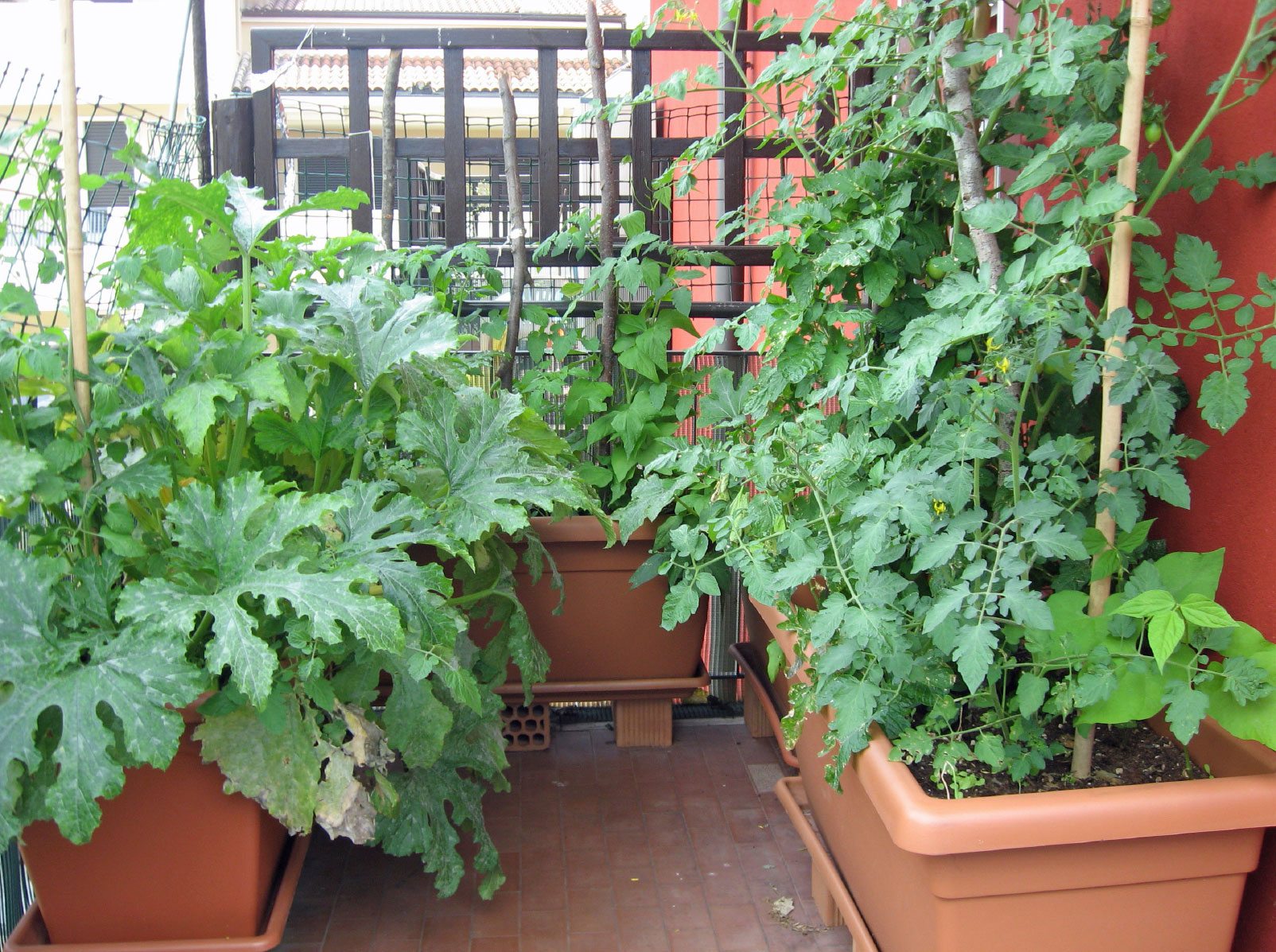The Buzz on City Blooming
Not known Facts About City Blooming
Table of ContentsGetting My City Blooming To WorkExcitement About City BloomingUnknown Facts About City BloomingSome Known Questions About City Blooming.City Blooming for Beginners
Fascinated in growing food up for sale in the City of Chicago? Believing regarding starting an area yard? Adjustments to the Chicago Zoning Statute allow farming usages like community yards and city ranches in lots of parts of the city. Below is a listing of regularly asked inquiries regarding the guidelines and laws that cultivators must consider when preparing a city agriculture task.
The zoning amendment does not change any various other codes dealing with composting, building permits, acquiring or leasing City possessed property, business licenses or environmental contamination. There are existing codes that manage these issues and they stay completely impact and might apply to your job. Neighborhood yards are generally owned or managed by public entities, civic organizations or community-based companies and kept by volunteers.
Urban farms expand food that is meant to be sold, either on a not-for-profit or for-profit basis. Because of their industrial objective, metropolitan farms call for a company certificate. Yes. An area yard is permitted to market excess generate that was expanded on site if the sales are accessory or subservient to the garden's main objective described above.
Getting My City Blooming To Work
Composting is allowed but only for plant material that is produced and used on website. The amount of garden compost material can not go beyond 25 cubic lawns at any kind of offered time according to the standards in 7-28-715 of the City's Municipal Code. Yes. Due to the fact that the soil at many new yard sites needs amending, garden compost, soil, wood chips, or various other materials can be obtained to construct or enhance the expanding room - fruit and vegtables.

If a building permit is called for then the hoophouse will be considered an accessory building. You can discover even more regarding the building authorization requirements by contacting the Division of Structures. The 25,000-square-foot size restriction is meant to stop a solitary neighborhood yard from controling a provided block or taking away from the block's existing domestic or industrial personality.
The limit does not apply to gardens located in Public Open Area (POS) areas. Can there be greater than one neighborhood garden that is 25,000 square feet on a solitary block? Yes. The size limitation applies to private yards, not to private blocks. No. Fencing is not required, however, yards that have big parking lot might be needed to install fence or various other landscape design functions.
Some Known Factual Statements About City Blooming
B1 & B2 areas need that all business use tasks be performed inside. Is fencing needed for city farms? Fences may be required, along with landscaping and testing, for certain car parking locations and outdoor work or storage locations depending on location and the details task taking place.
Urban farms need building permits and zoning authorizations prior to building and construction (indoor plants). Various other types of city review might be required depending on particular frameworks, activities, size, landscape design, licensing, public health and stormwater administration issues.
Yes. The kind of license is identified by what is happening at the website. The Division of Service Matters and Consumer Protection can assist figure out the particular kind of company click here for more certificate that's needed. Yes. Off street auto parking is required for a lot of business jobs in Chicago. The required variety of auto parking rooms is based on the variety of employees working with site and not the square video footage of the growing area.
The Ultimate Guide To City Blooming

A metropolitan farm can offer compost material produced on site, however, the procedure needs to comply with the laws in 7-28-715 of the Chicago Municipal Code. Aquaponic systems are permitted indoors on urban ranches in many zoning areas.
Up to five hives or nests of honey bees might be maintained as an accessory usage. Beekeepers need to register with the Illinois Department of Farming. To learn more about the suggested zoning modification you might get in touch with the Department of Real Estate and Economic Advancement, Bureau of Planning and Zoning at 312.744.8563.
, which takes place in country areas at the edge of suburban areas.
9 Easy Facts About City Blooming Described
, who look for to develop social networks established on a common ethos of nature and neighborhood holism. These networks can develop by means of formal institutional support, ending up being integrated right into local community preparation as a "change town" motion for lasting urban growth.
The more straight accessibility to fresh veggie, fruit, and meat items that might be realised through urban agriculture can improve food safety and security and food security while reducing food miles, leading to reduced greenhouse gas emissions, thereby contributing to environment change mitigation. Some of the initial evidence of urban farming originates from Mesopotamia.